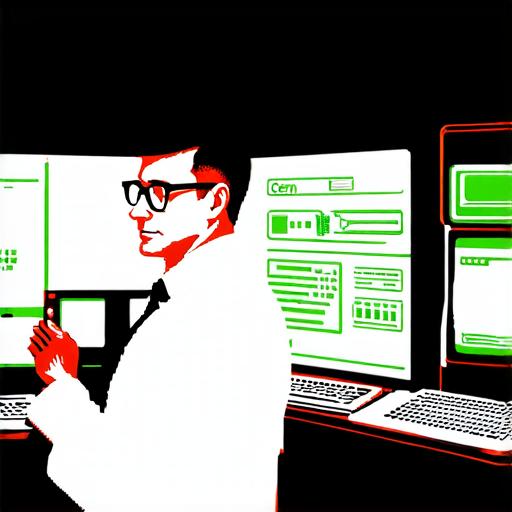Introduction
The World Wide Web is a fundamental part of our lives today. We use it for communication, entertainment, education, and business. But do we really know where it came from? The answer to this question lies with Sir Tim Berners-Lee, the inventor of the World Wide Web.
The Birth of the World Wide Web
Tim Berners-Lee was working at CERN, the European Organization for Nuclear Research, in Switzerland, when he first had an idea to create a global network that would allow scientists to share information and collaborate more easily. In 1989, Tim proposed his concept of the World Wide Web to his colleagues at CERN.
He envisioned a system where people could use hypertext links to navigate from one document to another, creating a web-like structure.
At that time, Tim had no idea how he would implement this vision. However, in 1990, he was given the opportunity to work on it, and he started by developing the first web server, which he named after his favorite animal, a spider.
He also created the first browser, called “WorldWideWeb,” which allowed people to view the content he had written.
The First Steps of the World Wide Web
Tim Berners-Lee’s first step was to create a system that would allow people to link documents together. He developed a language called Hypertext Markup Language (HTML) for creating web pages, and he created the first hyperlink between two documents.
This linked a page of information about the European Organization for Nuclear Research to a page about CERN’s particle accelerators.
Tim also created a system for sharing files over the internet. He used File Transfer Protocol (FTP) to transfer data from one computer to another, which allowed people to access the content he had written.
In 1992, Tim developed a new protocol called Hypertext Transfer Protocol (HTTP), which allowed people to transfer web pages over the internet using web browsers.
The Evolution of the World Wide Web
As the World Wide Web grew in popularity, Tim continued to refine his vision and make improvements to the system. He developed new programming languages such as JavaScript and CSS that made it easier for people to create dynamic and interactive web pages.
In 1993, Tim introduced a new feature called CGI (Common Gateway Interface), which allowed people to run scripts on web servers.
In 1994, Tim launched the first commercial website, which was an information service called “InfoSeek.” This was followed by the launch of the first e-commerce website, Amazon.com, in 1995.
The growth of the World Wide Web continued to accelerate, and by the end of the 1990s, it had become a global phenomenon.
The Impact of the World Wide Web
The impact of the World Wide Web on society has been immense. It has revolutionized the way we communicate, work, learn, and entertain ourselves. The web has created new industries such as e-commerce, social media, and online education.
It has also democratized access to information, making it possible for people from all over the world to share ideas and collaborate on projects.
The World Wide Web has also had a profound impact on human behavior. People now spend more time online than ever before, and the web has become an integral part of our lives.
It has changed the way we interact with each other, with social media platforms such as Facebook and Twitter allowing people to connect with friends and family from all over the world.
The web has also made it easier for people to access information, with search engines such as Google making it possible to find information on almost any topic within seconds.

The World Wide Web has also transformed the way we work. Remote work has become increasingly popular, with many companies allowing employees to work from home using online collaboration tools such as Zoom and Slack.
The World Wide Web has also made it easier for people to access educational resources, with online courses and tutorials available on almost any topic.
Summary
Tim Berners-Lee’s vision of a global network that would allow people to share information and collaborate more easily has become a reality, changing the world in ways we could never have imagined. The web has presented some challenges, but it continues to evolve and improve, with new technologies and innovations emerging all the time.
As web developers, we play an important role in shaping the future of the World Wide Web, ensuring that it remains a force for good in our lives and in the world around us.



